10 Surprising Scientific Facts Behind Why We Get 'Hangry'
Hunger, a fundamental biological drive, is a sensation that every living being experiences. Yet, despite its universality, the science behind hunger is far more intricate than most realize. At its core, hunger is a complex interplay of physiological and psychological signals that ensure survival by prompting us to eat. However, it's not just about the rumbling of an empty stomach. Hunger encompasses a myriad of factors, including hormonal fluctuations, neural pathways, and even psychological influences. This article delves into 10 astonishing insights into the science behind irritable hunger, each explained succinctly yet comprehensively, offering a holistic understanding of this primal instinct. By the end, you'll appreciate the nuanced dance of biology and psychology that dictates when and why we feel hungry, and why sometimes, it feels more intense than usual. Join us on this journey to unravel the mysteries behind your irritable hunger.
1. The Role of Ghrelin: The Hunger Hormone
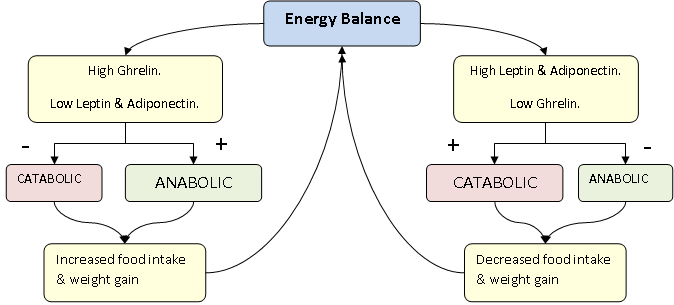
Ghrelin, often dubbed the "hunger hormone," plays a pivotal role in signaling hunger to our brains. Produced primarily in the stomach, ghrelin levels rise before meals, indicating the body's need for food. This hormone travels through the bloodstream to the brain, where it activates neurons in the hypothalamus, the region responsible for appetite regulation. Interestingly, ghrelin not only stimulates hunger but also influences food intake and energy homeostasis. Its levels are affected by various factors, including sleep, stress, and dietary habits. Understanding ghrelin's role is crucial for grasping why hunger can sometimes feel insatiable, especially when sleep-deprived or stressed. Moreover, research suggests that managing ghrelin levels could be a potential avenue for addressing obesity and related metabolic disorders. By exploring ghrelin, we begin to see how hormonal balances are integral to the experience of hunger.
2. Leptin: The Satiety Signal
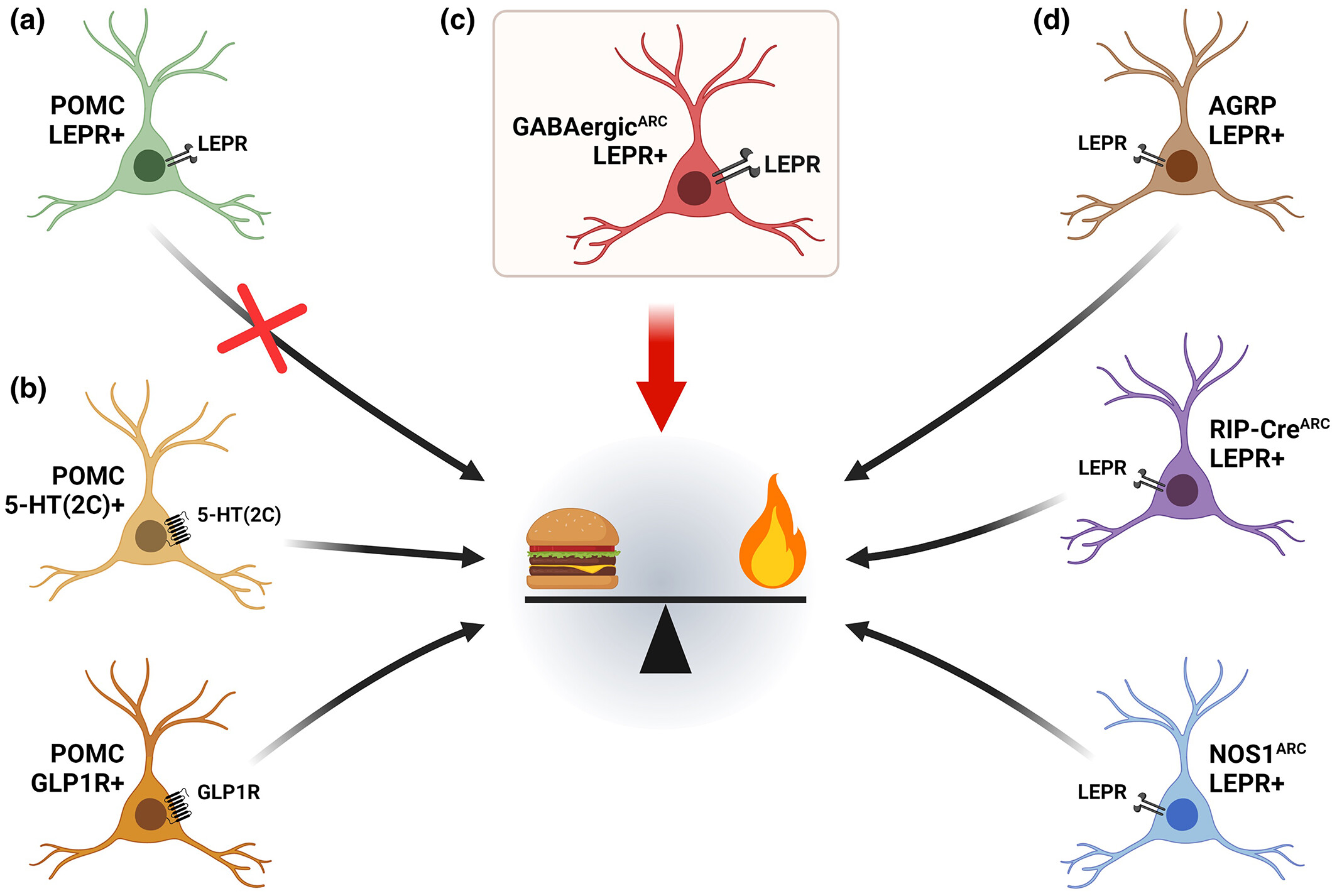
In contrast to ghrelin, leptin is a hormone that signals satiety, helping to regulate energy balance by inhibiting hunger. Produced by adipose (fat) tissues, leptin communicates with the brain to convey the body's energy reserves, thus reducing appetite when energy stores are sufficient. However, in conditions such as obesity, leptin resistance can occur, where the brain no longer responds effectively to leptin signals, leading to continued eating despite adequate energy reserves. This phenomenon highlights a critical aspect of hunger regulation, where hormonal imbalances can contribute to overeating and weight gain. The interplay between leptin and ghrelin is a delicate balance that maintains homeostasis. Disruptions in this balance can result in irritable hunger, where the body's signals for hunger and satiety are misaligned. Understanding leptin's role provides insight into the physiological mechanisms that can exacerbate feelings of hunger.
3. The Hypothalamus: Command Center of Hunger
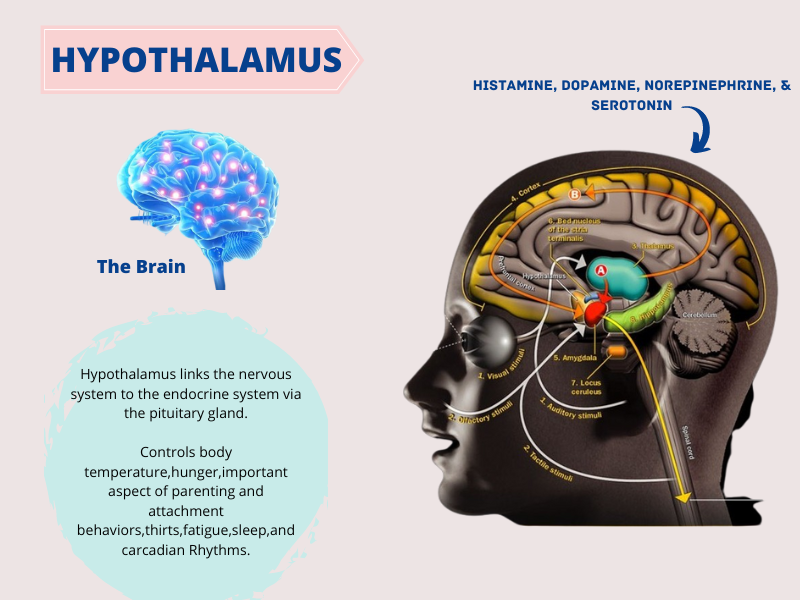
The hypothalamus, a small but mighty part of the brain, serves as the command center for hunger regulation. It integrates signals from hormones like ghrelin and leptin, as well as other neural inputs, to maintain energy balance. Within the hypothalamus, specific neurons are responsible for either stimulating or suppressing appetite. The arcuate nucleus, for example, contains neurons that release neuropeptides to either promote or inhibit food intake. This intricate network ensures that the body responds appropriately to its energy needs. However, disruptions in hypothalamic signaling can lead to disorders like obesity or anorexia. Understanding the hypothalamus's role is essential for comprehending the broader neurobiological framework of hunger. It also underscores the complexity of hunger, which is not merely a response to an empty stomach but a sophisticated orchestration of brain signals.
4. The Gut-Brain Axis: A Two-Way Communication
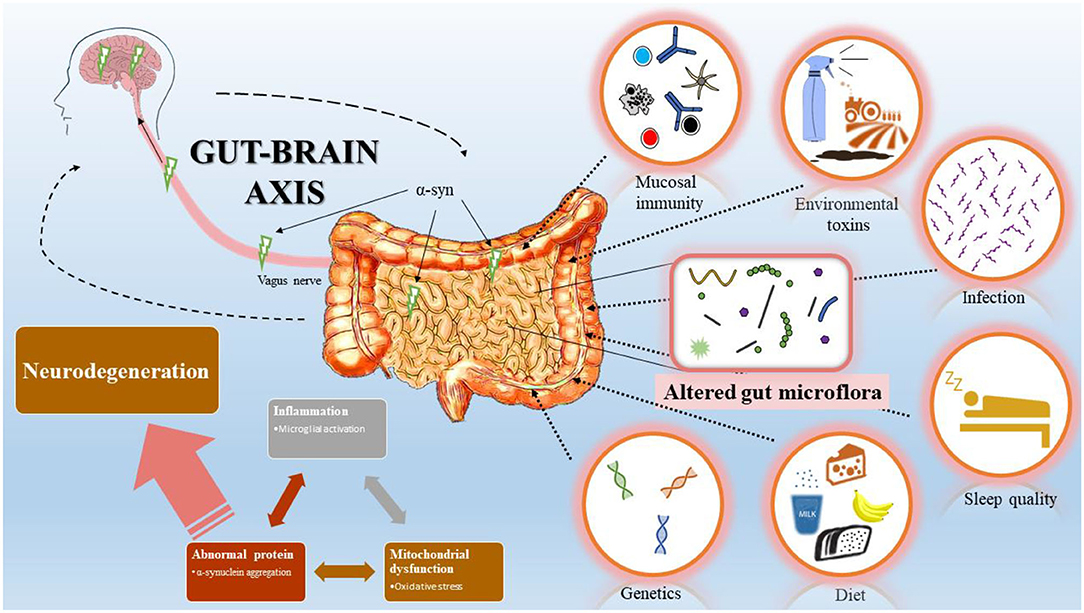
The gut-brain axis represents the bidirectional communication between the gastrointestinal tract and the central nervous system. This complex network involves neural, hormonal, and immunological signals that influence hunger and satiety. The vagus nerve, a critical component of this axis, transmits signals from the gut to the brain, playing a crucial role in hunger regulation. Additionally, gut microbiota, the diverse community of microorganisms in the digestive tract, can impact hunger through the production of metabolites that influence brain function. This connection suggests that gut health can significantly affect hunger sensations and eating behaviors. Disruptions in the gut-brain axis can lead to conditions like irritable bowel syndrome, which often presents with altered hunger signals. Exploring this axis highlights the importance of considering gut health in the broader context of hunger and satiety regulation.
5. Psychological Influences: Beyond Biology

While biological factors are fundamental in hunger regulation, psychological influences cannot be overlooked. Emotions, stress, and mental health significantly impact hunger and eating behaviors. Emotional eating, for instance, occurs when individuals eat in response to feelings rather than physical hunger. Stress can also alter hunger signals, often leading to increased appetite and cravings for high-calorie foods. Additionally, mental health disorders such as depression and anxiety can disrupt normal hunger patterns, either suppressing appetite or triggering overeating. Understanding these psychological influences is crucial for a holistic view of hunger. It underscores the need for addressing mental health alongside physical health in managing hunger-related issues. By acknowledging the psychological dimensions, we gain a more comprehensive understanding of why hunger can sometimes feel irritable or insatiable.
6. Circadian Rhythms: Timing is Everything

Circadian rhythms, the body's internal clock, play a significant role in regulating hunger and metabolism. These 24-hour cycles influence various physiological processes, including hormone production and energy expenditure. Ghrelin and leptin levels, for example, fluctuate throughout the day, aligning with meal times and sleep-wake cycles. Disruptions in circadian rhythms, such as those caused by shift work or jet lag, can lead to irregular eating patterns and increased hunger. Research suggests that eating in alignment with circadian rhythms can promote better metabolic health and weight management. This insight emphasizes the importance of timing in hunger regulation, where the body's natural rhythms can influence appetite and energy balance. By understanding circadian influences, we can better appreciate the temporal aspects of hunger and its regulation.
7. The Impact of Diet: Quality Over Quantity
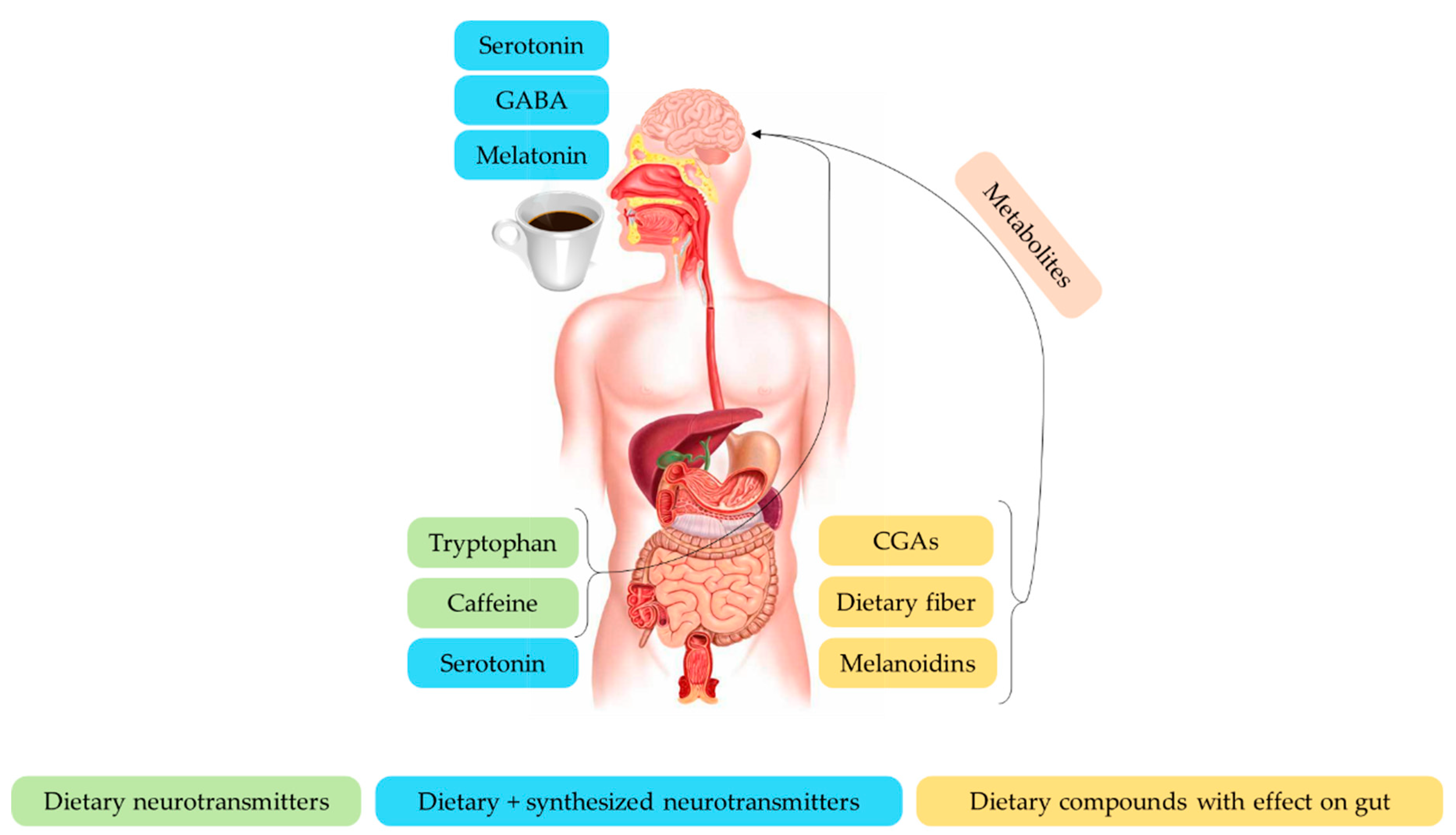
Dietary habits significantly influence hunger and satiety. The macronutrient composition of meals, for instance, affects how full we feel after eating. Proteins are particularly satiating, reducing hunger more effectively than carbohydrates or fats. Fiber-rich foods also promote satiety by slowing digestion and prolonging feelings of fullness. Conversely, diets high in refined sugars and processed foods can lead to rapid spikes and crashes in blood sugar levels, triggering hunger soon after eating. Additionally, certain dietary patterns, such as intermittent fasting, can impact hunger regulation by altering hormonal responses. Understanding the impact of diet on hunger underscores the importance of food quality in managing appetite and maintaining energy balance. It also highlights the role of nutrition in addressing irritable hunger, where dietary choices can either exacerbate or alleviate hunger sensations.
8. Social and Environmental Factors: The External Influences
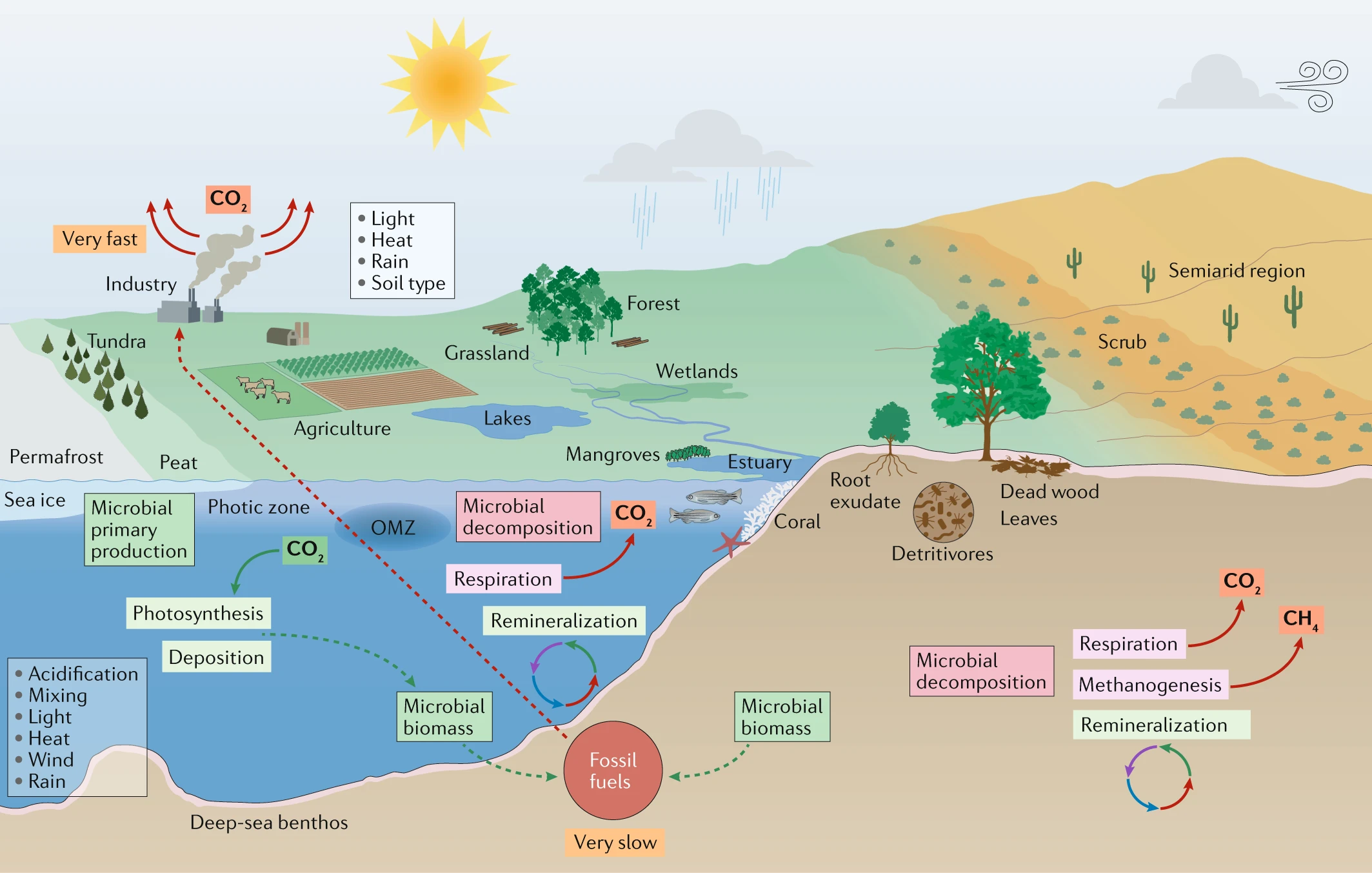
Social and environmental factors play a crucial role in shaping hunger and eating behaviors. Cultural norms, social settings, and environmental cues can all influence when and how much we eat. For example, social gatherings often involve food, prompting eating even when not physically hungry. Environmental factors like the availability and accessibility of food also impact hunger. In food-rich environments, the constant exposure to food cues can trigger hunger and lead to overeating. Additionally, socioeconomic factors can influence dietary choices and hunger experiences, where limited access to nutritious foods can exacerbate hunger and impact health. Understanding these external influences is essential for addressing hunger-related challenges, particularly in modern societies where food is abundant and readily available. It highlights the need for considering the broader context in which hunger occurs, beyond individual biological and psychological factors.
9. The Evolutionary Perspective: Hunger as a Survival Mechanism
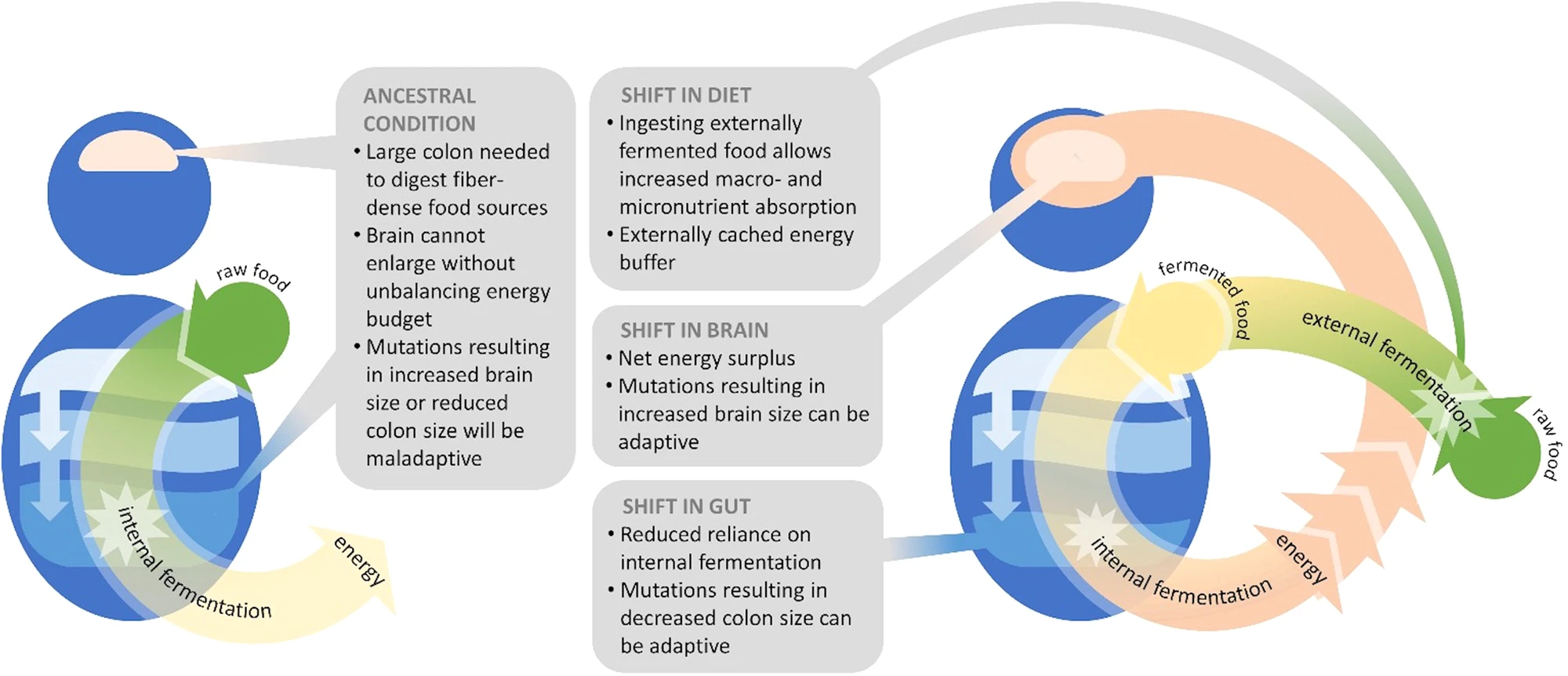
From an evolutionary standpoint, hunger is a survival mechanism that ensures the acquisition of necessary nutrients for energy and growth. Our ancestors faced periods of scarcity, where the ability to efficiently store and utilize energy was crucial for survival. This evolutionary backdrop has shaped our hunger responses, where the body is programmed to seek out and consume food when available. However, in modern times, with the constant availability of food, these evolutionary mechanisms can contribute to overeating and weight gain. Understanding hunger from an evolutionary perspective provides insight into why our bodies respond to hunger cues the way they do. It also highlights the challenges of adapting these ancient mechanisms to contemporary environments, where food abundance can lead to irritable hunger and related health issues.
10. Technological Advances: The Future of Hunger Management

Recent technological advances offer promising avenues for understanding and managing hunger. Wearable devices that monitor physiological signals, for instance, can provide real-time insights into hunger and satiety cues. Additionally, advancements in neuroimaging and genetic research are uncovering new details about the neural and genetic factors influencing hunger. These technologies hold the potential to personalize hunger management strategies, tailoring interventions to individual needs and biological predispositions. Furthermore, digital platforms and apps designed to track dietary habits and hunger patterns can aid in promoting healthier eating behaviors. Embracing these technological innovations offers new possibilities for addressing irritable hunger, particularly in an era where personalized health solutions are increasingly sought after. It underscores the potential of technology in enhancing our understanding and management of hunger in the modern world.
The science behind hunger is a multifaceted interplay of biological, psychological, and environmental factors. From hormonal signals like ghrelin and leptin to the influence of circadian rhythms and dietary habits, hunger is shaped by a complex network of interactions. Psychological influences and social factors further add layers to our understanding of hunger, highlighting the need for a holistic approach in addressing hunger-related challenges. As we continue to explore the intricacies of hunger, embracing its complexity can lead to more effective strategies for managing appetite and promoting overall well-being. By appreciating the diverse influences on hunger, we can better navigate the challenges of modern living, where food is abundant, yet hunger remains a persistent and often irritable experience.







